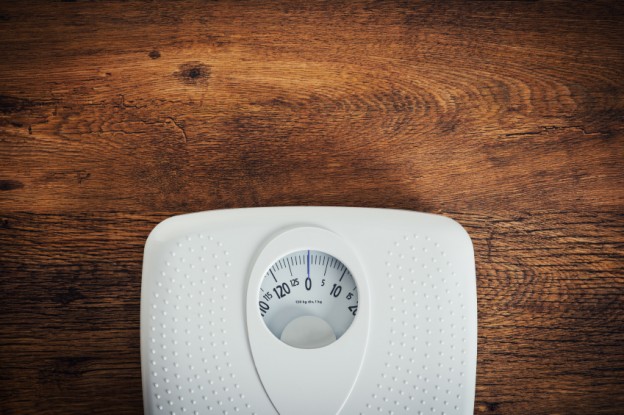 I’ve noticed my friend’s eating habits have changed lately. She’s been having a hard time in college this semester and I’m worried that food is becoming part of the problem. How can I tell if she has an eating disorder?
I’ve noticed my friend’s eating habits have changed lately. She’s been having a hard time in college this semester and I’m worried that food is becoming part of the problem. How can I tell if she has an eating disorder?
Hello! Nooshin, here, and I’ve been helping women with Eating Disorders for more than six years. My first recommendation to you is to share your concerns sensitively (e.g., I care about you and wonder why you’ve started exercising so much more than before), rather than judging or making pronouncements (e.g., You just need to eat more.) If your friend refuses to talk about it or acknowledge that she has a problem, expressed your continued support and remind her that you’re available when she’s ready to talk. It’s important to be patient, non-blaming, and honest but also kind.
There are four main Eating Disorder diagnoses that medical professionals use: Anorexia, Bulimia Nervosa, Binge-Eating Disorder, and Eating Disorder Not Otherwise Specified.
A person with Anorexia restricts caloric intake and is below a certain percentage when it comes to the ratio of height to weight. There is a fear of gaining weight and distorted body image. Some also purge (through exercise, laxatives, vomiting), which adds other medical complications. A person with Bulimia Nervosa binges by consuming more food than average, often feeling “out of control” when doing so, and then purges by vomiting, using laxatives, or through exercise. This cycle of binging and purging is also marked by a fear of gaining weight and distorted body image.
Binge-Eating Disorder is characterized by the binging behaviors of Bulimia, but without the purging behaviors. A person with this type of eating disorder is typically overweight and has very low self-esteem. A person with Eating Disorder Not Otherwise Specified doesn’t fit the criteria for the other three diagnoses. Instead, they use a variety of eating disorder behaviors, including calorie restriction/counting, purging through self-induced vomiting, over-exercise, diet-pills, diuretic use, and chewing-spitting.
No matter what the official diagnosis, many women (and men!) do not fit the “mold” that society seems to project on those that struggle with Eating Disorders. Many of my clients have said that people have said to them, “but you don’t LOOK like you have an eating disorder.” This is heart breaking to me, because comments like these usually fuel the Eating Disorder even more. Hopefully as more and more celebrities like Demi Lovato and Ke$ha share their experiences with Eating Disorders, other men and women will feel like they are not alone in their struggles and be more comfortable to also seek help.
So back to your friend. An Eating Disorder is simply a way of coping, it is the way your friend may be distracting herself from the pain she is feeling inside, maybe the pain of depression, anxiety, unhealthy relationships, or trauma. Remember that people with Eating Disorders not only come in all shapes and sizes, they are intelligent, doing their best, and trying to cope with their thoughts and feelings just like the rest of us.
If you or someone you know is struggling with an Eating Disorder, please call us today. Individual therapy for eating disorders can help!
Post written by Nooshin Kiankhooy, licensed clinical professional counselor in Bethesda, MD
